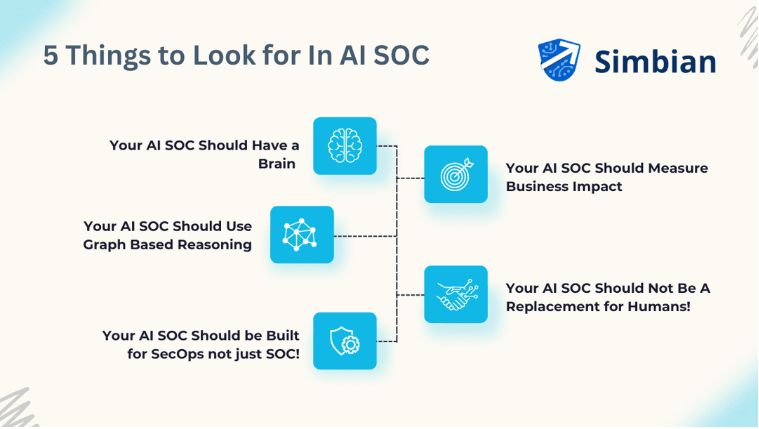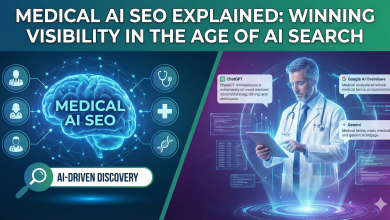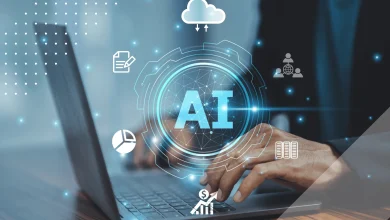
More Tools Do Not Equal Better Results
The growing security stack has organizations facing an impossible challenge. Each traditional security tool promises to deliver protection but ends up causing operational chaos instead. The result of the growing number of security tools?
According to research, security analysts are unable to deal with 67% of the daily alerts received, and the typical Security Operations Center (SOC) faces roughly 4,484 alerts per day, translating to nearly three hours per day spent just on manual triage. An additional survey shows that 51 percent of IT security and SOC decision-makers say their team is being overwhelmed by the volume of alerts, while 55 percent admit they aren’t confident in their ability to prioritize and respond to these alerts effectively.
And the end result is that organizations continue to get breached at record pace, with an average cost of $5.17 million per breach, despite massive expenditures in security tools.
For today’s organizations, these aren’t scaling problems. They are fundamental architectural failures. It’s understood that traditional security stacks treat symptoms. Let’s see how autonomous AI agents can help eliminate root causes.
AI SOC Delivers Where SOARs Have Failed
Legacy security architecture assumes humans can orchestrate dozens of specialized tools into coherent defense to address today’s complex threats. This assumption shows its failure when attackers operate at millisecond speeds while defenders need minutes to correlate various data points across fragmented platforms.
In today’s traditional SOC, each security tool optimizes its narrow domain – including endpoint, cloud, network, and identity – creating intelligence silos. While organizations’ EDR systems excel at endpoint detection and SIEMs process logs, neither understands the business context linking them together.
Ultimately, security orchestration platforms promise to connect disparate tools, but orchestration is far from intelligent. SOAR platforms automate existing workflows without understanding whether those workflows make strategic sense. As a result, every alert requires human context-gathering across multiple consoles. Real-world research abounds on these points. Another survey found that 85 percent of analysts spend substantial time manually gathering and connecting evidence to convert an alert into an actionable case, while 84 percent of organizations report analysts unknowingly investigate the same incidents multiple times per month, highlighting inefficient tool overlap and duplication. According to other research, 64 percent of analysts spend more than half of their time on manual tasks (which likely includes data gathering and triage); and analysts face alert overload from the many tools, each producing its own logs and alerts, increasing manual triage demands.
Addressing These Challenges with Autonomous SOC Agents
Autonomous AI agents tackle this security challenge by consolidating capabilities into intelligent systems that understand business context, not just technical indicators. Organizations can deploy one agent that comprehends their entire environment. With AI SOC Agents, organizational memory is maintained across all security functions. These agents accumulate organizational knowledge that advances their decision-making over time – much different than siloed tools that forget yesterday’s threats.
SOC Agents don’t replace an organization’s existing security investments – they orchestrate them intelligently. With a growing number of native integrations, agents leverage existing SIEM, EDR, and cloud security platforms while infusing autonomous decision-making capabilities.
Realize Threat Elimination, Not Tool Management
AI Agents help organizations move away from time-consuming tool management to realizing real threat elimination benefits. Organizations using automation and AI SOCs estimate $1.88 million lower breach costs compared to breached organizations with manual approaches. This is because AI Agents eliminate vendor management overhead while delivering superior protection.
AI SOCs never sleep, never burn out, and never miss context – all while continually learning. This allows teams to shift from tool operation to focusing on the actual threats. And with autonomous agents, adding new assets or attack surfaces doesn’t necessitate the deployment of additional tools, since AI Agents scale intelligence automatically, learning new environments without manual configuration.
AI SOC Empowers Human Analysts
This new approach doesn’t look to eliminate security professionals, but instead it liberates them from repetitive tool management. While agents handle mundane investigation and response, analysts can focus on things like strategic threat modeling based on AI agent-discovered patterns. Autonomous agents also empower purple team exercises that test autonomous response capabilities, while allowing for policy refinement that improves agent decision-making and business risk assessment using agent-gathered intelligence.
The Future is AI SOC
Best practice is for organizations to start with high-volume pain areas where AI Agents can provide immediate value. This includes alert triage, where organizations can deploy autonomous agents to handle the 10,000 daily alerts or more that overwhelm human analysts. In incident investigation, the AI SOC replaces manual evidence gathering with autonomous correlation across all security tools.
Threat response is another area which can benefit from automation, since AI Agents eliminate human delays in containment through autonomous remediation capabilities. Finally, the AI SOC can extend coverage beyond business hours for continuous monitoring since agents never need sleep.
The future of cybersecurity isn’t about better tools – it’s about autonomous intelligence that makes the need for massive amounts of tools irrelevant. Organizations will benefit from the quality of their AI Agents, not the quantity of their security platforms. They must stop managing security tools and start deploying security intelligence. The great unbundling has begun, and AI Agents are leading the transformation from reactive toolchains to proactive defense ecosystems.



